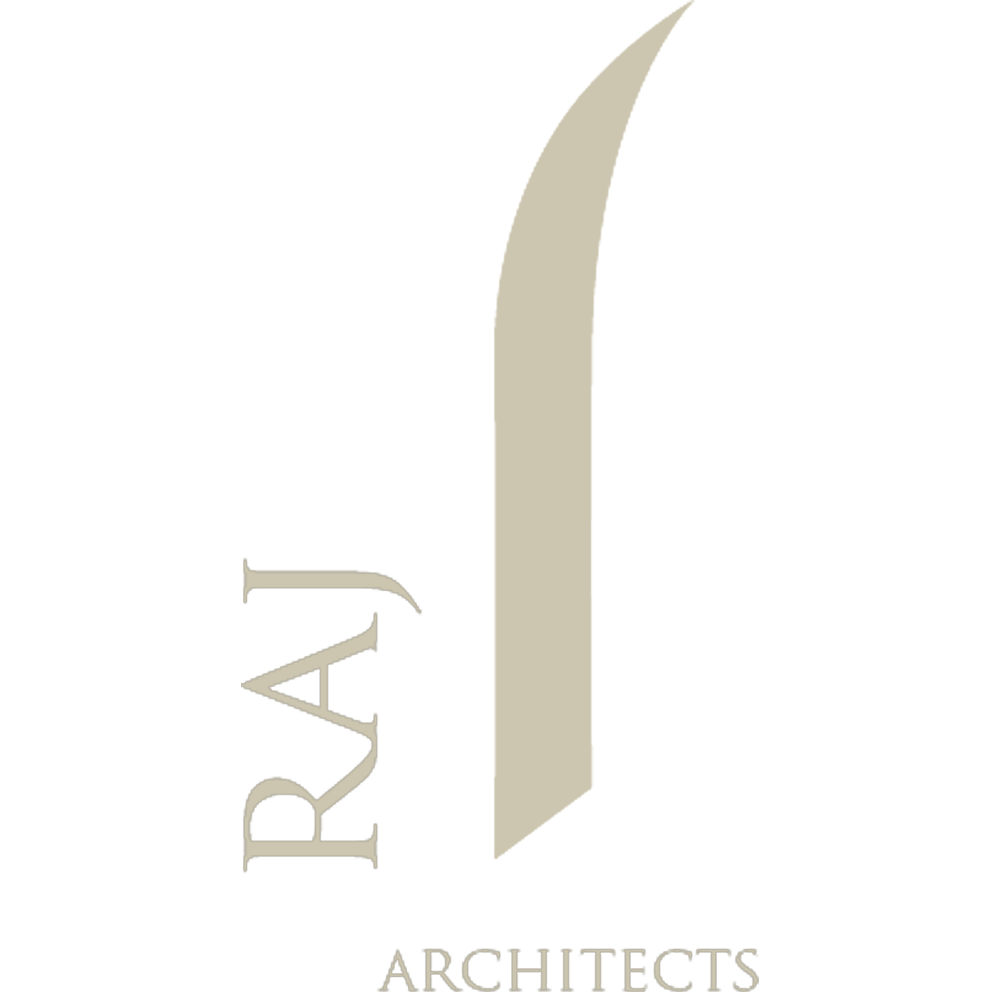Modular architecture is gaining momentum as a dynamic approach to building design and construction. By leveraging prefabricated units or modules, this innovative method offers numerous benefits but also presents certain challenges. This article explores the rise of modular architecture, its advantages, and the obstacles it faces, highlighting the role of architects in shaping this evolving field.
What is Modular Architecture?
Modular architecture involves the construction of buildings using pre-fabricated modules or sections that are manufactured off-site and then assembled at the construction site. This approach streamlines the building process, reduces construction time, and often results in cost savings. The modules can be complete rooms, sections of a building, or even entire structures, allowing for a high degree of customization and flexibility.
Benefits of Modular Architecture
1. Accelerated Construction Time
Traditional building methods can be time-consuming, with delays often caused by weather, labor shortages, or supply chain issues. Modular construction, on the other hand, allows for the simultaneous manufacture of modules and site preparation, reducing the overall construction timeline. This efficiency can be particularly beneficial for urgent projects or those with tight deadlines.
2. Cost Efficiency
The controlled factory environment where modules are manufactured helps minimize waste and reduce labor costs. Additionally, the faster construction time means reduced site costs and lower financing expenses. However, it is essential to consider that initial design and planning costs might be higher due to the need for precise specifications and logistics.
3. Quality Control
Manufacturing modules in a factory setting ensures a higher level of quality control. Modules are built in a controlled environment, reducing the risk of defects caused by adverse weather conditions or other external factors. This consistency can lead to higher-quality finished products and fewer repairs or modifications needed after assembly.
4. Sustainability and Environmental Impact
Modular architecture promotes sustainability through efficient use of materials and reduced waste. Factories can recycle construction materials and use sustainable practices to minimize environmental impact. Moreover, the shorter construction time means less disruption to the surrounding environment and reduced carbon emissions from construction activities.
5. Flexibility and Adaptability
Modules can be easily reconfigured, expanded, or relocated as needed. This adaptability makes modular architecture suitable for a wide range of applications, from residential homes to commercial spaces and emergency housing solutions.
Challenges of Modular Architecture
1. Design Limitations
Despite its benefits, modular architecture can face design limitations. The modular approach requires careful planning to ensure that modules fit together seamlessly. This can constrain the design options compared to traditional construction methods. However, with the involvement of top architects, innovative solutions can be developed to overcome these limitations and create unique, functional designs.
2. Transportation and Logistics
Modules need to be transported safely and efficiently, which may require specialized equipment and careful planning. Additionally, the size and weight of modules can impact transportation costs and project timelines.
3. Perception and Acceptance
Modular architecture is still relatively new compared to traditional construction methods, and there can be a perception that modular buildings are of lower quality or less aesthetically pleasing. Overcoming these perceptions requires the involvement of the best architects who can demonstrate the versatility and quality of modular designs through innovative and high-quality projects.
4. Regulatory and Zoning Issues
Navigating regulatory and zoning requirements can be complex for modular construction projects. Building codes and regulations may vary by location, and ensuring compliance can require additional effort. Architects play a crucial role in addressing these challenges by working closely with local authorities and ensuring that modular designs meet all necessary standards.
The Role of Architects in Modular Architecture
Architects are essential in the successful implementation of modular architecture. They are responsible for designing modular buildings that meet aesthetic, functional, and regulatory requirements. The best architects use their expertise to create innovative solutions that maximize the benefits of modular construction while addressing its challenges.
Top architects are also instrumental in advancing modular architecture by pushing the boundaries of design and exploring new possibilities. Their work can help shift perceptions of modular buildings, demonstrating their potential for creating beautiful, functional, and sustainable spaces.
Conclusion
Modular architecture represents a significant advancement in the field of construction, offering numerous benefits such as accelerated construction times, cost efficiency, and sustainability. However, it also presents challenges related to design limitations, transportation logistics, and regulatory issues. By leveraging their expertise, top architects can drive innovation in this evolving field and contribute to the development of high-quality, adaptable, and environmentally friendly buildings.


